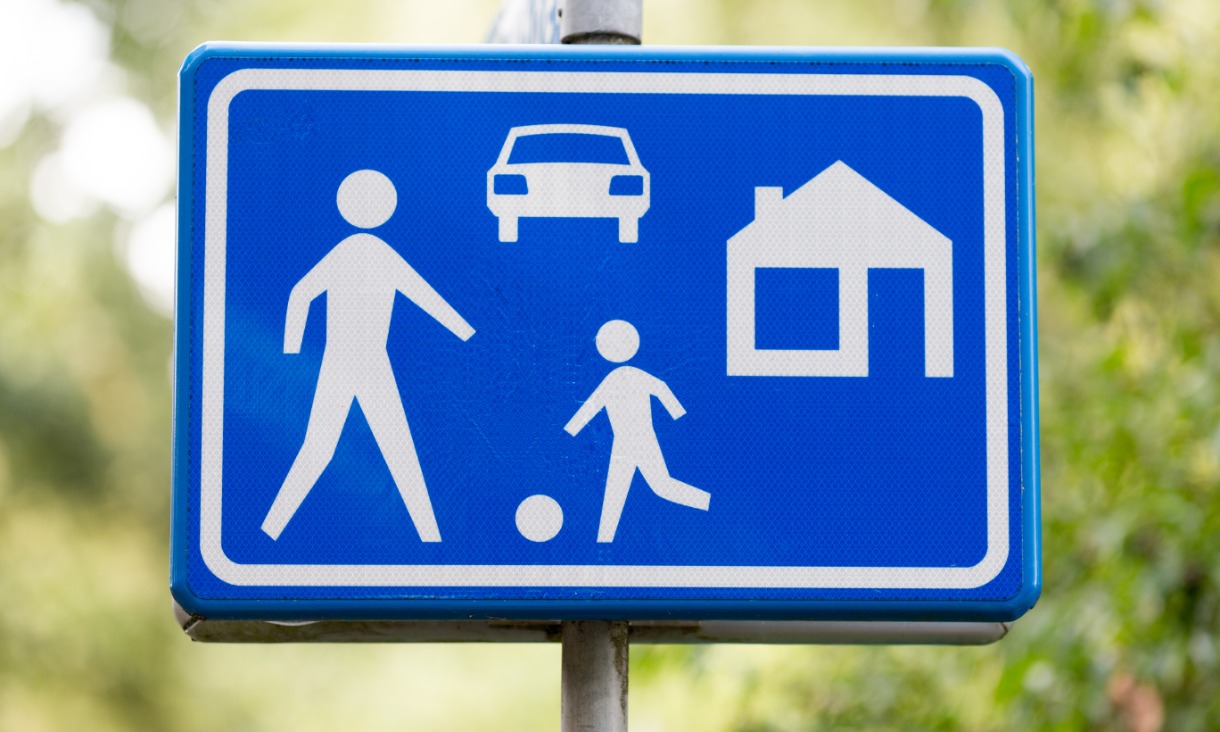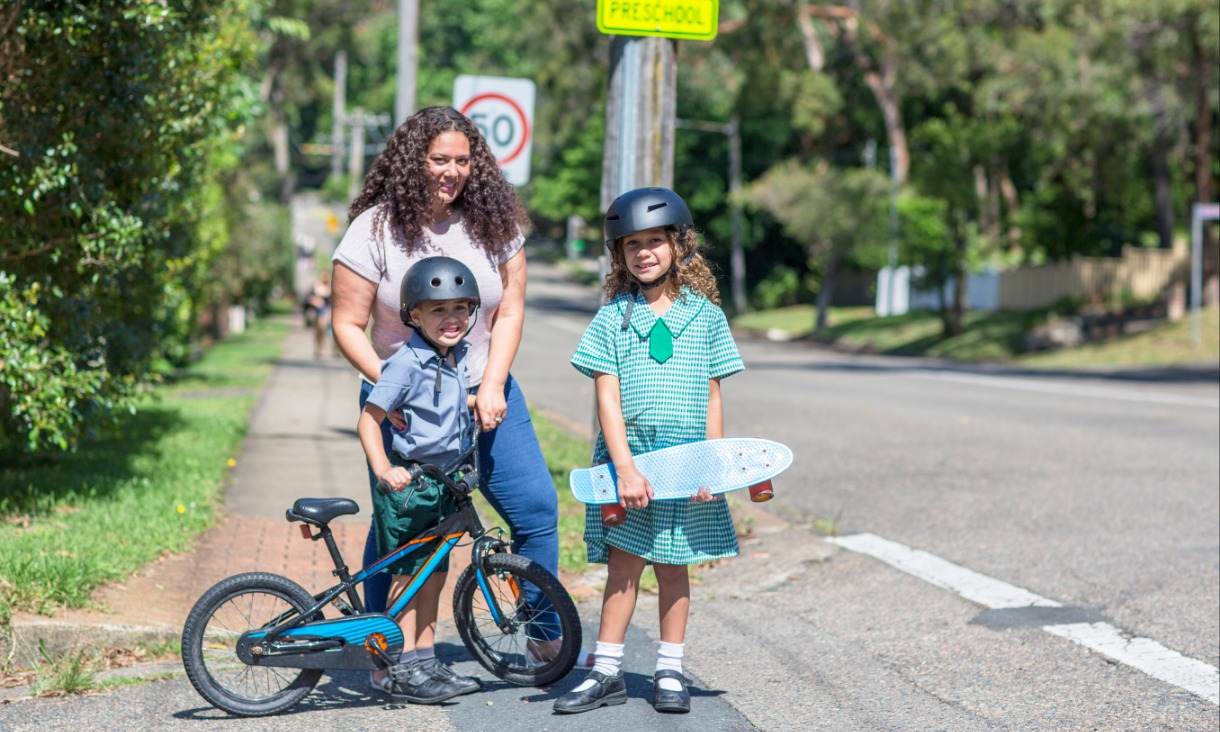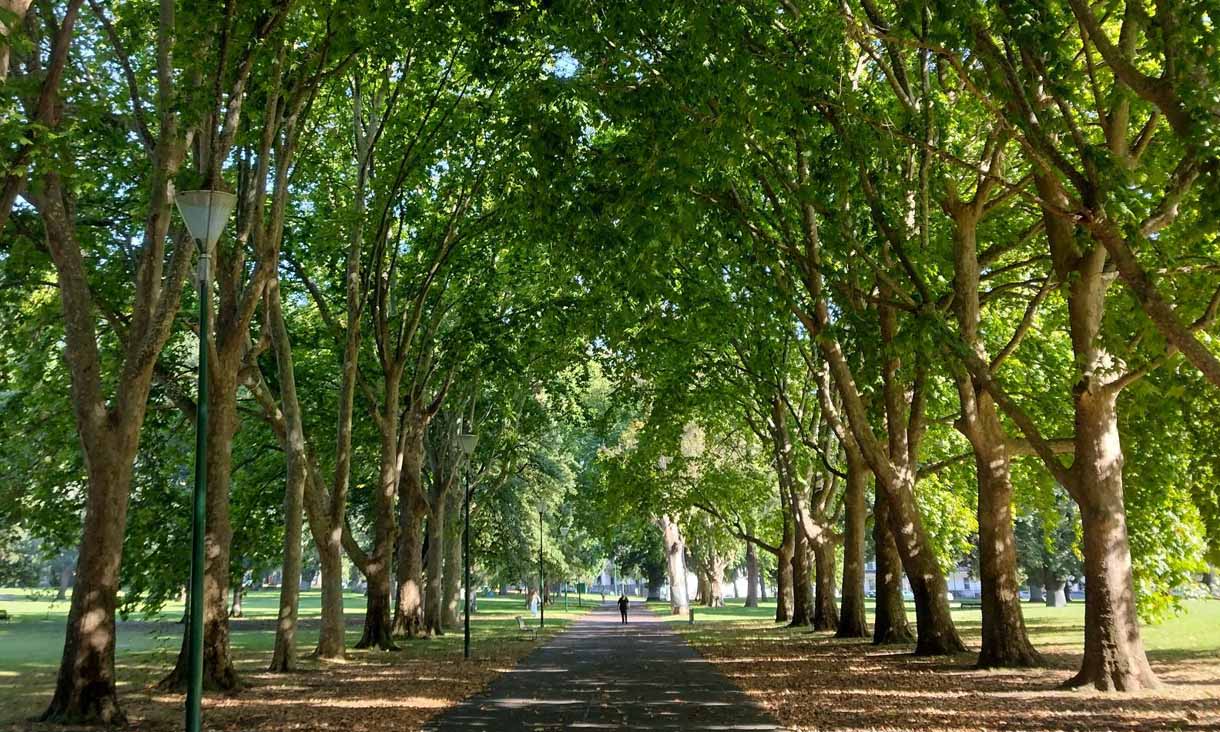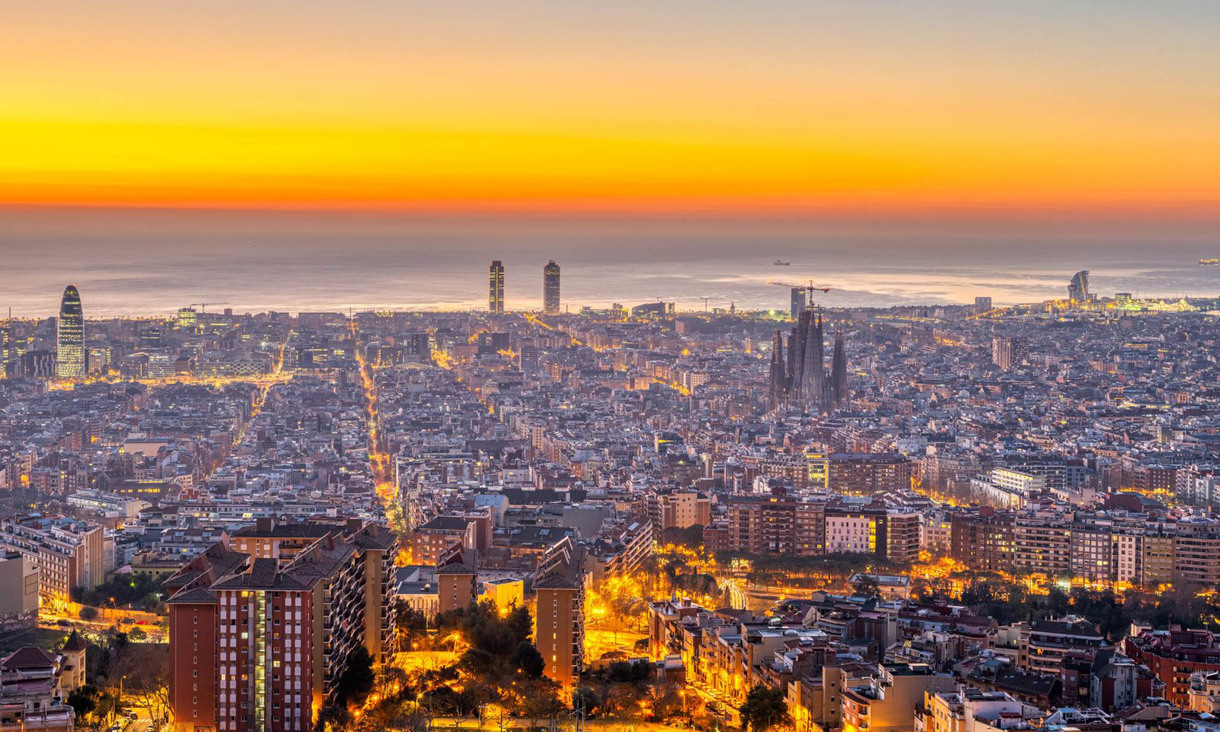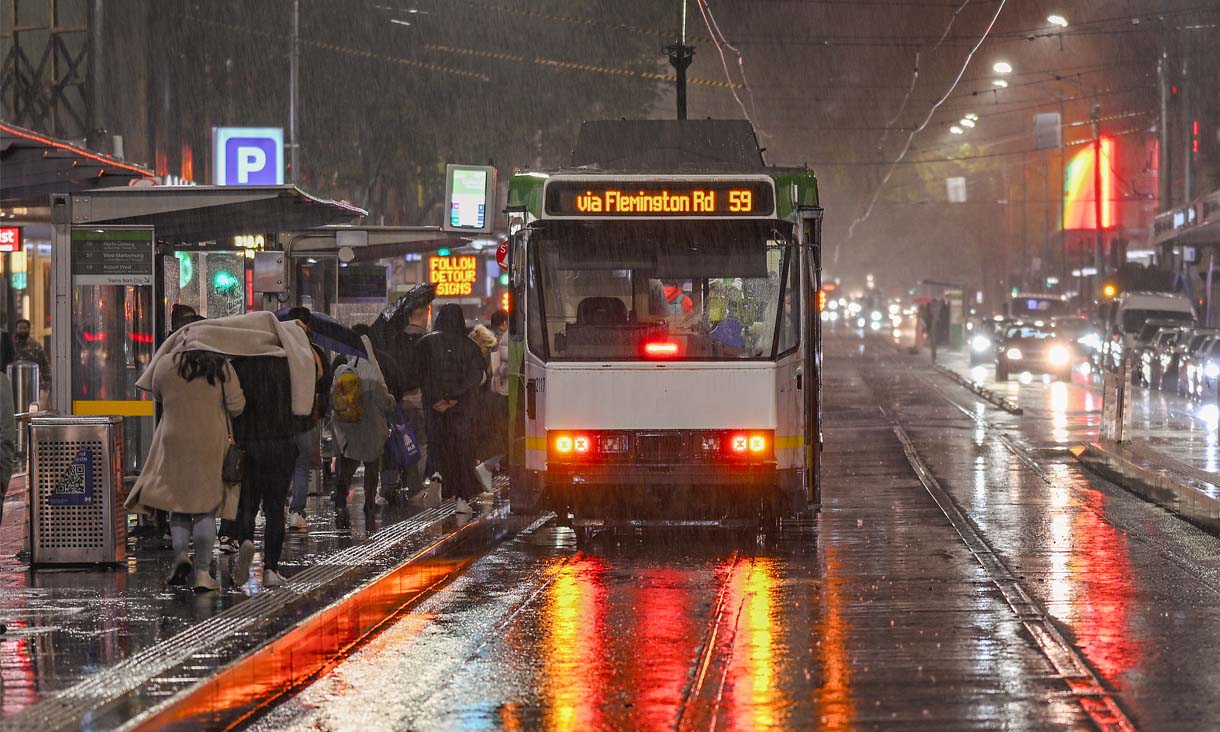Create drop-off zones
Not all children live within a walkable or cycleable distance to school.
In 2018, the Department of Transport, found journeys to primary school in Melbourne averaged 4km.
Drop-off zones could be identified 500-800m from schools.
“These could link to woonerfs, walking and cycling boulevards or other safe routes, allowing children to enjoy the freedom of travelling independently to school in a safe environment,” says Giles Corti.
“A small pilot trialling this approach in two schools in Belgium showed increases in walking trips to and from school, as well as higher step counts before and after school.”
Build it - they will come
In the post-coronavirus recovery period, stimulus packages will likely provide funding for infrastructure projects.
“This could be used to help achieve the Victorian government’s 20-minute neighbourhood policy,” says Giles Corti.
“What if some of that funding was spent on creating safe pedestrian and cycling infrastructure leading to all schools, activity centres and train stations?
“With increased cycling and appreciation of local neighbourhoods, never has there been a bigger opportunity for change.
“The 1.2 million km of trips associated with dropping off and picking up primary school children by car is detrimental to the environment and for the health and wellbeing of our children: children are looking to adults to act on climate change.
“Coronavirus provides a unique opportunity for adults to show we are listening to our children and their concerns about climate change and active modes of transport are a sustainable form of mobility.
“As many Australian workers continue to work from home and look to new ways of commuting when they return to work, this is the time to enact a healthy and more sustainable new normal.”
The paper Streets for people: Lessons from a return to local living is part of the Life and Health Re-imagined series hosted by VicHealth on how we can create a healthier, more sustainable, and more equitable Victoria – for everyone. You can watch the Streets for People panel discussion here.
Story: Chanel Koeleman

